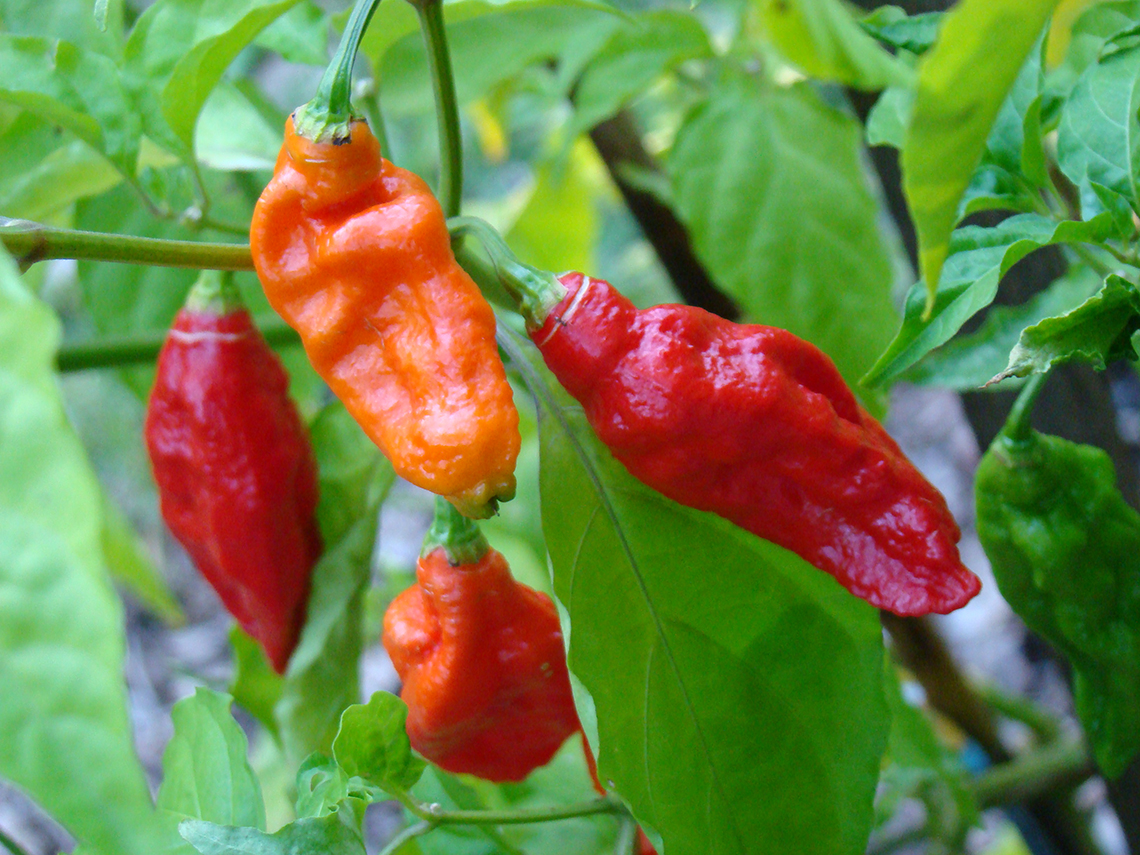Spice, spice baby!
As an Indian, it can be said with much confidence that one of life’s most temporarily-traumatic experiences comes from biting down on a stray red pepper that accidentally found its way into your mouth. For the next few minutes, your body shuts down. You stop caring about everything except the burning sensation that is taking over. All that matters is that your tongue, mouth and eyes (and sometimes your nose and ears) are on fire. You gulp down litres and litres of water, knowing that your efforts are in vain. Sugar, bread and all the suggestions people around you are giving seem pointless as your eyes water uncontrollably and blur the world around you. And to think that a red pepper measures up to only around 30,000-50,000 heat units on the Scoville scale.
So what is the Scoville scale?
In 1912, American pharmacist Wilbur Scoville developed a measurement scale to calculate the heat/pungency of peppers and other spicy foods. The method measures the amount of capsaicin in a pepper. To put things in perspective, a capsicum or ordinary bell pepper doesn’t even make it to the Scoville scale as it has zero Scoville Heat Units (SHU). However, the Mexican jalapeno pepper, which adorns our pizzas and subs, ranks in at around 7000 SHU. Several years ago, another Mexican pepper, the Habanero, made headlines when it entered the Guinness Book of World Records as the world’s hottest pepper. At a whopping 3,50,000 SHU the Habanero is ten times hotter than the average red pepper
This sparked a trend and people around the world began cultivating spicier, more potent peppers in the hope of replacing the Habanero at the top of the Scoville chart. While the entire world was busy mixing and matching DNA strains and combining it with scientific research about environments to make some super hot peppers, the world suddenly took notice of an age old pepper that had been part of culture and tradition for centuries before. That pepper was none other than the Bhut Jolokia, a pepper that was -until 2012- the world’s hottest.
The Bhut Jolokia – India’s hottest pepper, world’s third hottest.

Cultivated in the Indian states of Assam, Manipur and Nagaland, the Bhut Jolokia has more to it than meets the eye. Measuring in at a fiery 11,00,000 Scoville Heat Units (1.1 million SHU), it is the hottest pepper in India, and the third hottest in the world, only to be beaten by the Trinidad Moruga Scorpion (1.2 million SHU) and the Carolina Reaper (1.5 million SHU). These plump red and green pepper have grown naturally in northeast India for hundreds of years, and are believed to be the result of a relatively rare natural mutation that strengthened their heat levels.
Also known as the Ghost Pepper, Red Naga Chilli and Naga King Chilli, this relatively obscure pepper shot to fame after the Chile Pepper Institute, at New Mexico State University grew the plants, assessed the heat and submitted their findings to the Guinness World Records in 2006, which is when it was declared the world’s hottest. Words fail to describe the heat this pepper can generate, yet the Nagas take extreme pride in participating in a Naga King Chilli eating competition during their annual all-tribe get-together, the Hornbill Festival. The bravery of the victor is rewarded with a cash prize and lots of milk powder. While the participants are all mostly locals, one can often catch the sight of a gutsy tourist venturing to try their luck.
While the Bhut Jolokia is traditionally used in cooking, it is also smeared on fences or put in smoke bombs to deter wild elephants from trampling through smaller north-eastern villages. The Indian Defence Research and Development Organisation have also researched the Bhut Jolokia’s use in hand grenades and pepper sprays! This simple, spicy pepper has indeed come a long way from its humble beginnings in a small corner of India.
So, next time you feel the need to be a little adventurous in your cooking, you might want to add a couple of Bhut Jolokia peppers and fire up your senses!
The views expressed by the author are in her personal capacity.


